👆 View a 3-minute video on how to use the Digital Learning Curriculum in your classroom.
Digital Skills Curriculum for Sixth Forms
Our curriculum supports the development of critical digital skills such as coding and robotics, preparing students for the future and fostering their growth as engaged, global digital citizens.
Trusted by Hundreds of Irish Schools

Letterkenny Educate Together
Donegal
.png)
Kilcoole Primary School
Wicklow
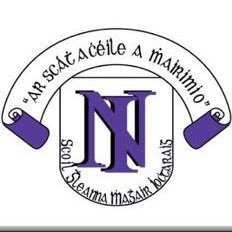
Lower Glanmire NS
Cork
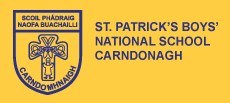
Carndonagh Boys NS
Donegal
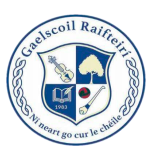
Scoil Raifteiri
Mayo

Camolin NS
Wexford
.png)
Tseachtar Laoch NS
Dublin
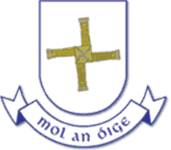
Scoil Bhride NS
Laois
.png)
St John's SNS
Wicklow

St Fergus Primary School
Limerick

New Ross Educate Together National School
Wexford
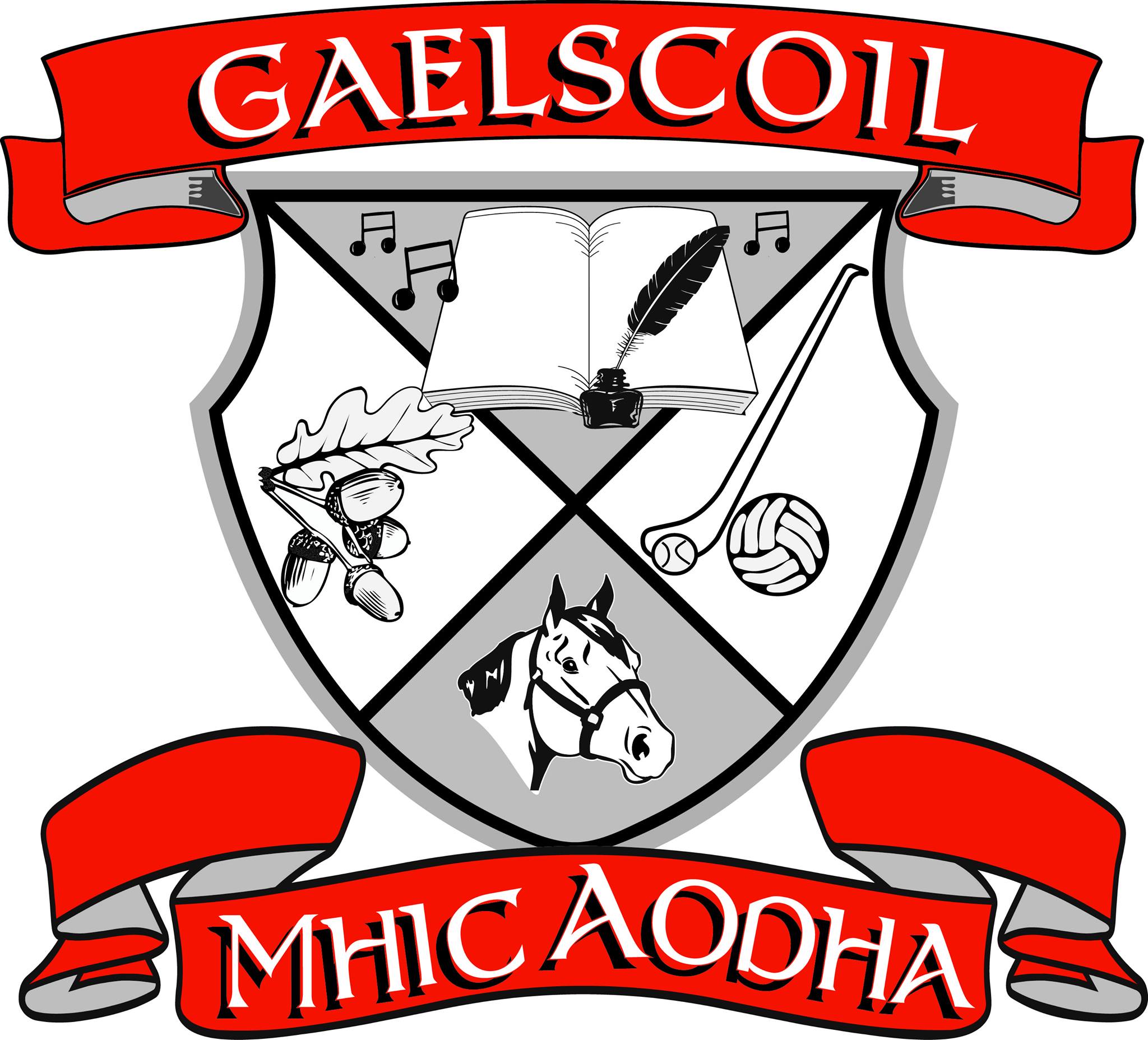
Gaelscoil Mhic Aodha
Kildare
.png)
Gaelscoil Durlas
Tipperary
.png)
St Baithins NS
Donegal
.png)
Dangan Mxd Ns
Meath
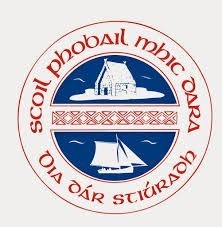
Scoil Mhic Dara
Galway
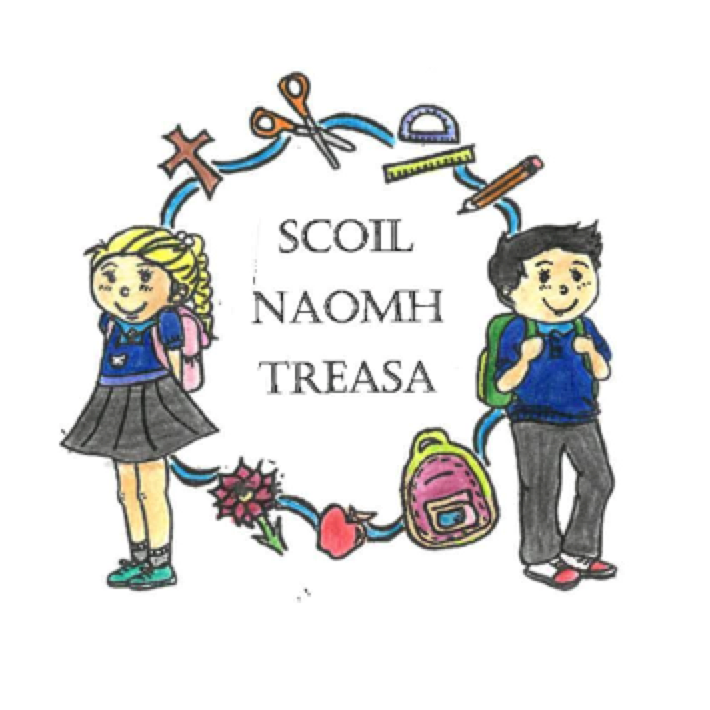
Ballyroe Central Ns
Kildare
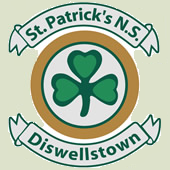
St Patricks NS
Dublin
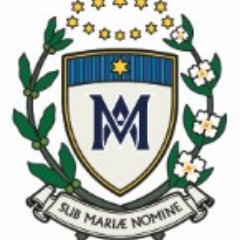
Holy Family N.S.
Sligo
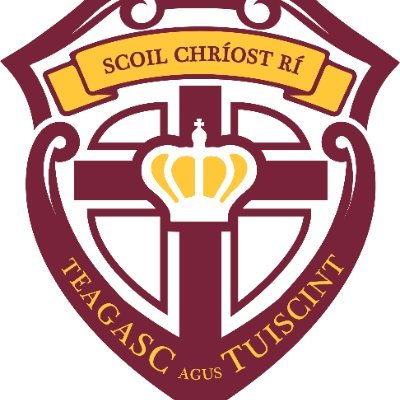
Christ The King BNS
Limerick
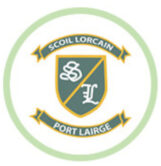
Scoil Lorcain B.N.S.
Waterford
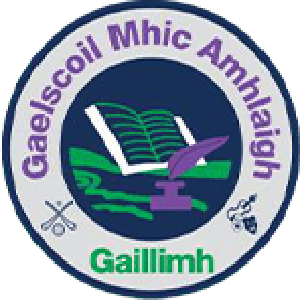
Gaelscoil Mhic Amhlaigh
Galway

St Josephs NS
Louth
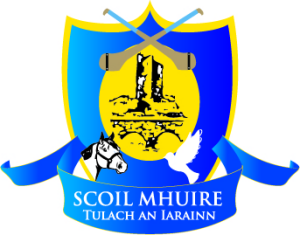
Tallow NS
Waterford
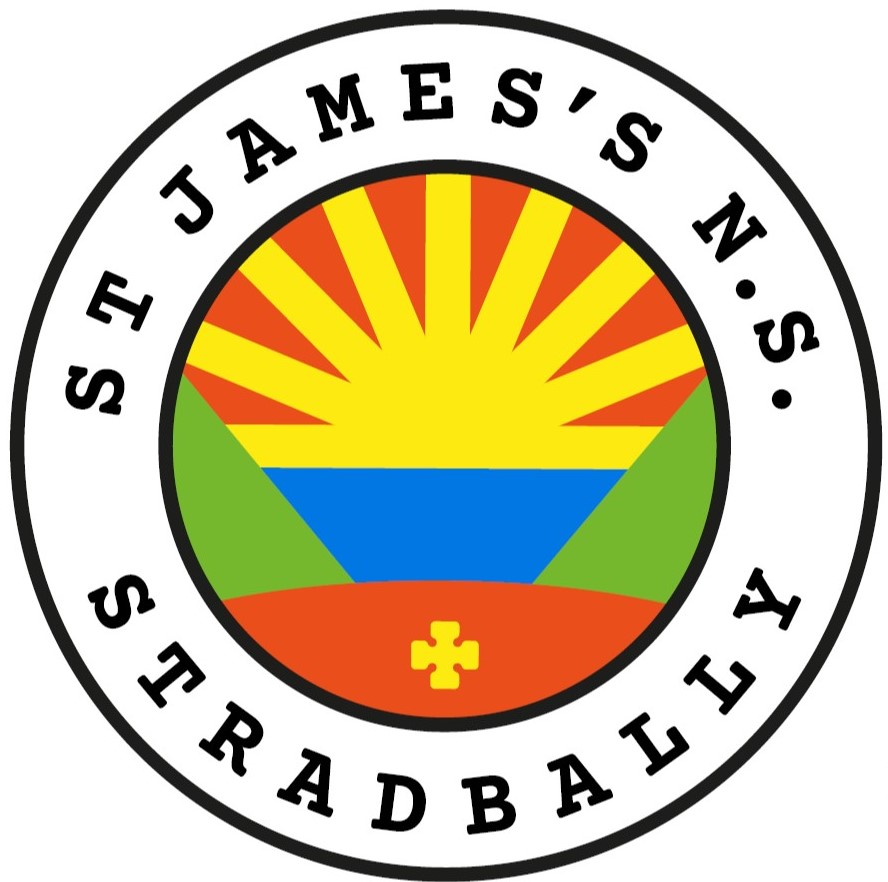
St James's NS
Waterford
.jpg)
Robertson NS
Donegal
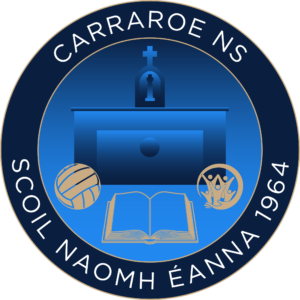
Carraroe NS
Sligo
.png)
Gaelscoil Inis Corthaidh
Wexford
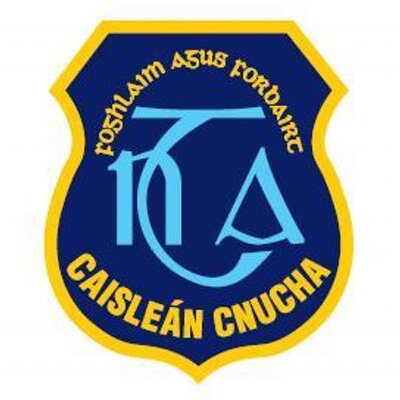
Scoil Thomais
Dublin
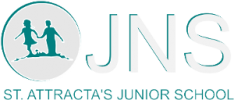
St Attractas Junior NS
Dublin
Four Key Elements for Science, Technology and Engineering Education
Exploring & understanding
Collaboration, Curiosity, Discovery
Creative & critical thinking
Play, Innovation, Risk-taking
Problem-Solving & applying
Collaboration, Creativity, Resilience
Evaluating & communicating
Analysis, Communication, Feedback
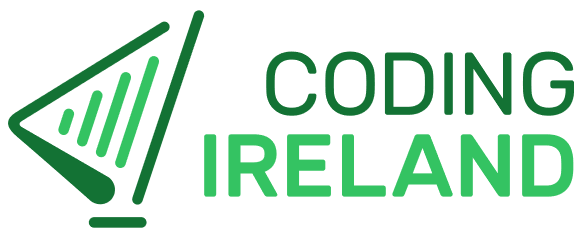
Digital Skills Curriculum
2024/25 Edition£15 per student, includes student access & teacher resources.
Get started for 2024/25 View a quick 3 min video Info Sheet FAQsDigital Skills Curriculum
Year 12
Module 1
.png)
Introduction to Computer Science & Problem-Solving
Gain an overview of Computer Science, learn to break down problems logically, and write your first simple programs.
Student Devices
To do this module, students will need to use either of these devices:
 Chromebooks, laptops, and PCs are crucial tools for coding and digital skills education. Chromebooks are ideal for web-based applications and collaborative projects, while laptops and PCs support a wider range of programming environments and software for more intensive tasks like software development and data analysis.
Chromebooks, laptops, and PCs are crucial tools for coding and digital skills education. Chromebooks are ideal for web-based applications and collaborative projects, while laptops and PCs support a wider range of programming environments and software for more intensive tasks like software development and data analysis.Equipped with full keyboards and the ability to run specialized coding software, these devices enable students to learn programming languages, debug code, and understand software architecture. Their versatility supports both individual learning and group projects, making them indispensable for developing critical digital and computational thinking skills in the classroom.
If necessary, students can work in groups (ideally in a group of 2 or 3 students) and use one device between them.
Module 2
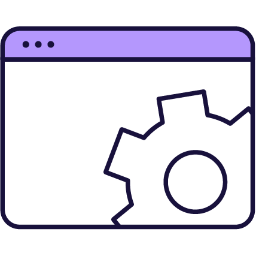
Data Representation & Data Management
Learn how computers store numbers and text, handle lists/arrays, and see how large datasets power simple AI.
Student Devices
To do this module, students will need to use either of these devices:
 Chromebooks, laptops, and PCs are crucial tools for coding and digital skills education. Chromebooks are ideal for web-based applications and collaborative projects, while laptops and PCs support a wider range of programming environments and software for more intensive tasks like software development and data analysis.
Chromebooks, laptops, and PCs are crucial tools for coding and digital skills education. Chromebooks are ideal for web-based applications and collaborative projects, while laptops and PCs support a wider range of programming environments and software for more intensive tasks like software development and data analysis.Equipped with full keyboards and the ability to run specialized coding software, these devices enable students to learn programming languages, debug code, and understand software architecture. Their versatility supports both individual learning and group projects, making them indispensable for developing critical digital and computational thinking skills in the classroom.
If necessary, students can work in groups (ideally in a group of 2 or 3 students) and use one device between them.
Module 3

Computer Systems & Networks
Understand how computers and networks function at a system level, plus the basics of staying secure online.
Student Devices
To do this module, students will need to use either of these devices:
 Chromebooks, laptops, and PCs are crucial tools for coding and digital skills education. Chromebooks are ideal for web-based applications and collaborative projects, while laptops and PCs support a wider range of programming environments and software for more intensive tasks like software development and data analysis.
Chromebooks, laptops, and PCs are crucial tools for coding and digital skills education. Chromebooks are ideal for web-based applications and collaborative projects, while laptops and PCs support a wider range of programming environments and software for more intensive tasks like software development and data analysis.Equipped with full keyboards and the ability to run specialized coding software, these devices enable students to learn programming languages, debug code, and understand software architecture. Their versatility supports both individual learning and group projects, making them indispensable for developing critical digital and computational thinking skills in the classroom.
If necessary, students can work in groups (ideally in a group of 2 or 3 students) and use one device between them.
Module 4

Programming Fundamentals (Part 1)
Create interactive programs, structure code with functions, learn to debug effectively.
Student Devices
To do this module, students will need to use either of these devices:
 Chromebooks, laptops, and PCs are crucial tools for coding and digital skills education. Chromebooks are ideal for web-based applications and collaborative projects, while laptops and PCs support a wider range of programming environments and software for more intensive tasks like software development and data analysis.
Chromebooks, laptops, and PCs are crucial tools for coding and digital skills education. Chromebooks are ideal for web-based applications and collaborative projects, while laptops and PCs support a wider range of programming environments and software for more intensive tasks like software development and data analysis.Equipped with full keyboards and the ability to run specialized coding software, these devices enable students to learn programming languages, debug code, and understand software architecture. Their versatility supports both individual learning and group projects, making them indispensable for developing critical digital and computational thinking skills in the classroom.
If necessary, students can work in groups (ideally in a group of 2 or 3 students) and use one device between them.
Module 5

Web Technologies
Build and style websites, add interactive features, and understand how to design responsibly.
Student Devices
To do this module, students will need to use either of these devices:
 Chromebooks, laptops, and PCs are crucial tools for coding and digital skills education. Chromebooks are ideal for web-based applications and collaborative projects, while laptops and PCs support a wider range of programming environments and software for more intensive tasks like software development and data analysis.
Chromebooks, laptops, and PCs are crucial tools for coding and digital skills education. Chromebooks are ideal for web-based applications and collaborative projects, while laptops and PCs support a wider range of programming environments and software for more intensive tasks like software development and data analysis.Equipped with full keyboards and the ability to run specialized coding software, these devices enable students to learn programming languages, debug code, and understand software architecture. Their versatility supports both individual learning and group projects, making them indispensable for developing critical digital and computational thinking skills in the classroom.
If necessary, students can work in groups (ideally in a group of 2 or 3 students) and use one device between them.
Year 13
Module 1

Advanced Programming & Data Structures (Part 2)
Deepen your coding with OOP, see how algorithms are optimized (Big O), and build a simple AI model
Student Devices
To do this module, students will need to use either of these devices:
 Chromebooks, laptops, and PCs are crucial tools for coding and digital skills education. Chromebooks are ideal for web-based applications and collaborative projects, while laptops and PCs support a wider range of programming environments and software for more intensive tasks like software development and data analysis.
Chromebooks, laptops, and PCs are crucial tools for coding and digital skills education. Chromebooks are ideal for web-based applications and collaborative projects, while laptops and PCs support a wider range of programming environments and software for more intensive tasks like software development and data analysis.Equipped with full keyboards and the ability to run specialized coding software, these devices enable students to learn programming languages, debug code, and understand software architecture. Their versatility supports both individual learning and group projects, making them indispensable for developing critical digital and computational thinking skills in the classroom.
If necessary, students can work in groups (ideally in a group of 2 or 3 students) and use one device between them.
Module 2

Software Development & Project Management
Learn how real software is planned and managed. Work in teams to prototype, track tasks, handle merges in Git, and understand licensing.
Student Devices
To do this module, students will need to use either of these devices:
 Chromebooks, laptops, and PCs are crucial tools for coding and digital skills education. Chromebooks are ideal for web-based applications and collaborative projects, while laptops and PCs support a wider range of programming environments and software for more intensive tasks like software development and data analysis.
Chromebooks, laptops, and PCs are crucial tools for coding and digital skills education. Chromebooks are ideal for web-based applications and collaborative projects, while laptops and PCs support a wider range of programming environments and software for more intensive tasks like software development and data analysis.Equipped with full keyboards and the ability to run specialized coding software, these devices enable students to learn programming languages, debug code, and understand software architecture. Their versatility supports both individual learning and group projects, making them indispensable for developing critical digital and computational thinking skills in the classroom.
If necessary, students can work in groups (ideally in a group of 2 or 3 students) and use one device between them.
Module 3

Coursework / Project Implementation (Part 1)
Develop your project idea, set clear goals, and start coding.
Student Devices
To do this module, students will need to use either of these devices:
 Chromebooks, laptops, and PCs are crucial tools for coding and digital skills education. Chromebooks are ideal for web-based applications and collaborative projects, while laptops and PCs support a wider range of programming environments and software for more intensive tasks like software development and data analysis.
Chromebooks, laptops, and PCs are crucial tools for coding and digital skills education. Chromebooks are ideal for web-based applications and collaborative projects, while laptops and PCs support a wider range of programming environments and software for more intensive tasks like software development and data analysis.Equipped with full keyboards and the ability to run specialized coding software, these devices enable students to learn programming languages, debug code, and understand software architecture. Their versatility supports both individual learning and group projects, making them indispensable for developing critical digital and computational thinking skills in the classroom.
If necessary, students can work in groups (ideally in a group of 2 or 3 students) and use one device between them.
Module 4

Coursework / Project Implementation (Part 2) & Documentation
Finalise your project, ensure it’s fully tested and documented, and submit it officially.
Student Devices
To do this module, students will need to use either of these devices:
 Chromebooks, laptops, and PCs are crucial tools for coding and digital skills education. Chromebooks are ideal for web-based applications and collaborative projects, while laptops and PCs support a wider range of programming environments and software for more intensive tasks like software development and data analysis.
Chromebooks, laptops, and PCs are crucial tools for coding and digital skills education. Chromebooks are ideal for web-based applications and collaborative projects, while laptops and PCs support a wider range of programming environments and software for more intensive tasks like software development and data analysis.Equipped with full keyboards and the ability to run specialized coding software, these devices enable students to learn programming languages, debug code, and understand software architecture. Their versatility supports both individual learning and group projects, making them indispensable for developing critical digital and computational thinking skills in the classroom.
If necessary, students can work in groups (ideally in a group of 2 or 3 students) and use one device between them.
Module 5

Revision & Exam Preparation
Revisit everything—data, programming, systems, ethics—and practice with past exam papers, mock tests, and final exam techniques.
Student Devices
To do this module, students will need to use either of these devices:
 Chromebooks, laptops, and PCs are crucial tools for coding and digital skills education. Chromebooks are ideal for web-based applications and collaborative projects, while laptops and PCs support a wider range of programming environments and software for more intensive tasks like software development and data analysis.
Chromebooks, laptops, and PCs are crucial tools for coding and digital skills education. Chromebooks are ideal for web-based applications and collaborative projects, while laptops and PCs support a wider range of programming environments and software for more intensive tasks like software development and data analysis.Equipped with full keyboards and the ability to run specialized coding software, these devices enable students to learn programming languages, debug code, and understand software architecture. Their versatility supports both individual learning and group projects, making them indispensable for developing critical digital and computational thinking skills in the classroom.
If necessary, students can work in groups (ideally in a group of 2 or 3 students) and use one device between them.
.png) Introduction to Computer Science & Problem-Solving
Introduction to Computer Science & Problem-Solving
Get Started
Course Description
8 week course @ 1 hour per week
Duration: 5–6 weeks (≈20–24 class periods)
Module Notes: Core lessons total ~10–12 periods. Extra time for coding labs, in-class challenges, and revision. Focus on building a solid problem-solving mindset before diving deeper into coding in later modules.
- Explain the concept of computer science and its real-world impact.
- Apply computational thinking skills, including decomposition and pattern recognition, to solve problems.
- Break down complex problems using problem decomposition and abstraction techniques.
- Design algorithms using flowcharts and pseudocode, and implement them in a programming language.
- Write basic programs using variables, data types, user input, and simple conditionals.
To do this module, students will need to use one of these devices. If necessary, students can work in groups (ideally in a group of 2 or 3 students) and use one device between them.
 Chromebooks, laptops, and PCs are crucial tools for coding and digital skills education. Chromebooks are ideal for web-based applications and collaborative projects, while laptops and PCs support a wider range of programming environments and software for more intensive tasks like software development and data analysis.
Chromebooks, laptops, and PCs are crucial tools for coding and digital skills education. Chromebooks are ideal for web-based applications and collaborative projects, while laptops and PCs support a wider range of programming environments and software for more intensive tasks like software development and data analysis.Equipped with full keyboards and the ability to run specialized coding software, these devices enable students to learn programming languages, debug code, and understand software architecture. Their versatility supports both individual learning and group projects, making them indispensable for developing critical digital and computational thinking skills in the classroom.
Problem-Solving Essentials
Basic Programming Foundations
Lab Practice & Revision
Data Representation & Data Management
Get StartedCourse Description
8 week course @ 1 hour per week
Duration: 4–5 weeks (≈16–20 class periods)
Module Notes: Core lessons total ~10–12 periods, allowing time for a mini-project on data handling. Emphasize the “garbage in, garbage out” principle, linking data quality and ethics—an essential foundation for future AI or data-heavy tasks.
- Convert numbers between binary, decimal, and hexadecimal systems using Python.
- Perform binary arithmetic operations and display results in multiple number bases.
- Write scripts to display ASCII and Unicode values of user-entered characters.
- Implement CRUD operations on lists/arrays to manage data in a simple program.
- Analyse a small dataset to perform basic data inspections relevant to AI applications.
To do this module, students will need to use one of these devices. If necessary, students can work in groups (ideally in a group of 2 or 3 students) and use one device between them.
 Chromebooks, laptops, and PCs are crucial tools for coding and digital skills education. Chromebooks are ideal for web-based applications and collaborative projects, while laptops and PCs support a wider range of programming environments and software for more intensive tasks like software development and data analysis.
Chromebooks, laptops, and PCs are crucial tools for coding and digital skills education. Chromebooks are ideal for web-based applications and collaborative projects, while laptops and PCs support a wider range of programming environments and software for more intensive tasks like software development and data analysis.Equipped with full keyboards and the ability to run specialized coding software, these devices enable students to learn programming languages, debug code, and understand software architecture. Their versatility supports both individual learning and group projects, making them indispensable for developing critical digital and computational thinking skills in the classroom.
Number Systems & Encodings
Data Structures & AI Foundations
Ethics & Basic Data Handling
Mini-Project & Practice
Computer Systems & Networks
Get StartedCourse Description
8 week course @ 1 hour per week
Duration: 4 weeks (≈16 class periods)
Module Notes: Core lessons total ~10–12 periods, leaving buffer for practical labs (exploring operating system settings, simple network tools, or cybersecurity demos). Emphasize hands-on exploration to cement the theoretical content.
- Explain the roles and interactions of CPU, memory, and I/O in computer architecture.
- Demonstrate the use of OS commands to manage processes and interact with the operating system.
- Write a program to perform a DNS lookup or send an HTTP request, analysing the response headers.
- Implement a basic hashing or encryption script using SHA256.
- Develop and execute scripts to automate system tasks and explore network configurations.
To do this module, students will need to use one of these devices. If necessary, students can work in groups (ideally in a group of 2 or 3 students) and use one device between them.
 Chromebooks, laptops, and PCs are crucial tools for coding and digital skills education. Chromebooks are ideal for web-based applications and collaborative projects, while laptops and PCs support a wider range of programming environments and software for more intensive tasks like software development and data analysis.
Chromebooks, laptops, and PCs are crucial tools for coding and digital skills education. Chromebooks are ideal for web-based applications and collaborative projects, while laptops and PCs support a wider range of programming environments and software for more intensive tasks like software development and data analysis.Equipped with full keyboards and the ability to run specialized coding software, these devices enable students to learn programming languages, debug code, and understand software architecture. Their versatility supports both individual learning and group projects, making them indispensable for developing critical digital and computational thinking skills in the classroom.
Networking & Cybersecurity
Exploration, Case Study & Practice
Programming Fundamentals (Part 1)
Get StartedCourse Description
8 week course @ 1 hour per week
Duration: 6 weeks (≈24 class periods)
Module Notes: Core lessons total ~14–16 periods. Additional time for practice sessions, mini-projects, and peer code reviews. Reinforce logical thinking with incremental coding challenges and Git-based collaboration.
- Write programs using variables, data types, conditionals, and I/O operations.
- Implement loops (for, while) to iterate over data and perform tasks like summing, searching, and pattern printing.
- Develop programs with conditional statements (if/else, switch) to create branching logic in applications like text-based adventures.
- Refactor code into modular functions with parameters and return values, and apply these to create structured programs like calculators.
- Utilise version control (Git) to manage code changes, including initialising repositories, committing, and pushing to remote repositories.
To do this module, students will need to use one of these devices. If necessary, students can work in groups (ideally in a group of 2 or 3 students) and use one device between them.
 Chromebooks, laptops, and PCs are crucial tools for coding and digital skills education. Chromebooks are ideal for web-based applications and collaborative projects, while laptops and PCs support a wider range of programming environments and software for more intensive tasks like software development and data analysis.
Chromebooks, laptops, and PCs are crucial tools for coding and digital skills education. Chromebooks are ideal for web-based applications and collaborative projects, while laptops and PCs support a wider range of programming environments and software for more intensive tasks like software development and data analysis.Equipped with full keyboards and the ability to run specialized coding software, these devices enable students to learn programming languages, debug code, and understand software architecture. Their versatility supports both individual learning and group projects, making them indispensable for developing critical digital and computational thinking skills in the classroom.
Core Programming Skills
Deeper Structures & Tools
Version Control & Integration
Lab Practice & Revision
Web Technologies
Get StartedCourse Description
8 week course @ 1 hour per week
Duration: 5 weeks (≈20 class periods)
Module Notes: Core lessons total ~12–14 periods, leaving extra for a final web project and review. Highlight the role of usability testing and accessibility checks.
- Create and structure a basic HTML page using appropriate tags for headings, paragraphs, lists, links, and images.
- Apply CSS to style an HTML page, modifying colours, fonts, and layout.
- Implement basic JavaScript functionality to add interactivity, such as changing text colour or displaying alerts.
- Evaluate and enhance web page accessibility by adding alt text, ARIA roles, and other ethical design features.
- Develop a multi-page website or single-page web application using HTML, CSS, and JavaScript, including a form with front-end validation.
To do this module, students will need to use one of these devices. If necessary, students can work in groups (ideally in a group of 2 or 3 students) and use one device between them.
 Chromebooks, laptops, and PCs are crucial tools for coding and digital skills education. Chromebooks are ideal for web-based applications and collaborative projects, while laptops and PCs support a wider range of programming environments and software for more intensive tasks like software development and data analysis.
Chromebooks, laptops, and PCs are crucial tools for coding and digital skills education. Chromebooks are ideal for web-based applications and collaborative projects, while laptops and PCs support a wider range of programming environments and software for more intensive tasks like software development and data analysis.Equipped with full keyboards and the ability to run specialized coding software, these devices enable students to learn programming languages, debug code, and understand software architecture. Their versatility supports both individual learning and group projects, making them indispensable for developing critical digital and computational thinking skills in the classroom.
Building a Web Page
Interactivity & Accessibility
Web Projects & Review
Advanced Programming & Data Structures (Part 2)
Get StartedCourse Description
8 week course @ 1 hour per week
Duration: 5 weeks (≈20 class periods)
Module Notes: Core lessons total ~14 periods (merging advanced data structures, recursion, complexity). The final lessons focus on AI/ML, leading to a mini AI project. Ensure labs allow enough hands-on practice for OOP and ML coding tasks.
- Implement OOP concepts like encapsulation, inheritance, and polymorphism in code.
- Construct and manipulate custom classes and objects, including constructors and methods.
- Develop and use advanced data structures such as stacks, queues, and recursive functions.
- Analyse and implement searching, sorting algorithms, and assess their time complexity.
- Design, build, and evaluate a simple machine learning model using a dataset.
To do this module, students will need to use one of these devices. If necessary, students can work in groups (ideally in a group of 2 or 3 students) and use one device between them.
 Chromebooks, laptops, and PCs are crucial tools for coding and digital skills education. Chromebooks are ideal for web-based applications and collaborative projects, while laptops and PCs support a wider range of programming environments and software for more intensive tasks like software development and data analysis.
Chromebooks, laptops, and PCs are crucial tools for coding and digital skills education. Chromebooks are ideal for web-based applications and collaborative projects, while laptops and PCs support a wider range of programming environments and software for more intensive tasks like software development and data analysis.Equipped with full keyboards and the ability to run specialized coding software, these devices enable students to learn programming languages, debug code, and understand software architecture. Their versatility supports both individual learning and group projects, making them indispensable for developing critical digital and computational thinking skills in the classroom.
OOP & Data Structures
Algorithms & AI
Mini AI Project & Practice
Software Development & Project Management
Get StartedCourse Description
8 week course @ 1 hour per week
Duration: 4 weeks (≈16 class periods)
Module Notes: Core lessons total ~10–12 periods, reserving time for a collaborative mini-project. Emphasize agile sprints, daily stand-ups (if feasible), and code reviews for deeper understanding of teamwork and project lifecycle management.
- Apply agile methodologies to manage a software project through mini-sprints.
- Prototype user interfaces based on gathered requirements using HTML/CSS or console sketches.
- Collaborate effectively using Git, including branching, merging, and resolving conflicts.
- Add appropriate licensing to software projects, distinguishing between open-source and proprietary options.
- Develop and refine project plans, including risk management strategies, for a collaborative software build.
To do this module, students will need to use one of these devices. If necessary, students can work in groups (ideally in a group of 2 or 3 students) and use one device between them.
 Chromebooks, laptops, and PCs are crucial tools for coding and digital skills education. Chromebooks are ideal for web-based applications and collaborative projects, while laptops and PCs support a wider range of programming environments and software for more intensive tasks like software development and data analysis.
Chromebooks, laptops, and PCs are crucial tools for coding and digital skills education. Chromebooks are ideal for web-based applications and collaborative projects, while laptops and PCs support a wider range of programming environments and software for more intensive tasks like software development and data analysis.Equipped with full keyboards and the ability to run specialized coding software, these devices enable students to learn programming languages, debug code, and understand software architecture. Their versatility supports both individual learning and group projects, making them indispensable for developing critical digital and computational thinking skills in the classroom.
SDLC & Collaboration
Legal & Risk Management
Mini-Project & Practice
Coursework / Project Implementation (Part 1)
Get StartedCourse Description
8 week course @ 1 hour per week
Duration: 5–6 weeks (≈20–24 class periods)
Module Notes: Since this is an official LC project module, teachers must follow guidelines for authenticity. Plan regular checkpoints/milestones to review progress, ensuring students stay on scope and manage time effectively.
- Select and define a feasible project topic aligned with coursework guidelines.
- Write clear functional requirements and confirm project scope.
- Create a basic prototype to visualise main project components.
- Develop and commit core functionality to version control.
- Conduct peer testing, log bugs, and suggest improvements.
To do this module, students will need to use one of these devices. If necessary, students can work in groups (ideally in a group of 2 or 3 students) and use one device between them.
 Chromebooks, laptops, and PCs are crucial tools for coding and digital skills education. Chromebooks are ideal for web-based applications and collaborative projects, while laptops and PCs support a wider range of programming environments and software for more intensive tasks like software development and data analysis.
Chromebooks, laptops, and PCs are crucial tools for coding and digital skills education. Chromebooks are ideal for web-based applications and collaborative projects, while laptops and PCs support a wider range of programming environments and software for more intensive tasks like software development and data analysis.Equipped with full keyboards and the ability to run specialized coding software, these devices enable students to learn programming languages, debug code, and understand software architecture. Their versatility supports both individual learning and group projects, making them indispensable for developing critical digital and computational thinking skills in the classroom.
Project Setup & Scope
Design & Initial Development
Checkpoint & Practice
Coursework / Project Implementation (Part 2) & Documentation
Get StartedCourse Description
8 week course @ 1 hour per week
Duration: 4 weeks (≈16 class periods)
Module Notes: Teachers facilitate detailed testing, documentation workshops, and final submission guidelines. Provide timely feedback but maintain the student’s own originality and responsibility for completion.
- Implement and test advanced features to complete project functionality.
- Conduct thorough testing and debugging to ensure code reliability.
- Produce comprehensive project documentation including user guides and technical specifications.
- Present projects and incorporate peer feedback to enhance structure and user experience.
- Submit final project, tag release, and reflect on key learning outcomes.
To do this module, students will need to use one of these devices. If necessary, students can work in groups (ideally in a group of 2 or 3 students) and use one device between them.
 Chromebooks, laptops, and PCs are crucial tools for coding and digital skills education. Chromebooks are ideal for web-based applications and collaborative projects, while laptops and PCs support a wider range of programming environments and software for more intensive tasks like software development and data analysis.
Chromebooks, laptops, and PCs are crucial tools for coding and digital skills education. Chromebooks are ideal for web-based applications and collaborative projects, while laptops and PCs support a wider range of programming environments and software for more intensive tasks like software development and data analysis.Equipped with full keyboards and the ability to run specialized coding software, these devices enable students to learn programming languages, debug code, and understand software architecture. Their versatility supports both individual learning and group projects, making them indispensable for developing critical digital and computational thinking skills in the classroom.
Finalising Features & Testing
Documentation & Submission
Practice & Support
Revision & Exam Preparation
Get StartedCourse Description
8 week course @ 1 hour per week
Duration: 4–5 weeks (≈16–20 class periods)
Module Notes: Core lessons total ~10–12 periods, plus time for mock exams, targeted revision, and individual support. Focus on exam strategies, time management, and clarity of written answers to maximize students’ potential.
- Solve exam-style coding questions accurately under time constraints.
- Discuss and apply project management, computational thinking, and design principles in coursework contexts.
- Interpret exam questions and structure written answers effectively.
- Mark peer work using typical exam marking criteria.
- Identify and address personal weak areas through targeted revision and practice.
To do this module, students will need to use one of these devices. If necessary, students can work in groups (ideally in a group of 2 or 3 students) and use one device between them.
 Chromebooks, laptops, and PCs are crucial tools for coding and digital skills education. Chromebooks are ideal for web-based applications and collaborative projects, while laptops and PCs support a wider range of programming environments and software for more intensive tasks like software development and data analysis.
Chromebooks, laptops, and PCs are crucial tools for coding and digital skills education. Chromebooks are ideal for web-based applications and collaborative projects, while laptops and PCs support a wider range of programming environments and software for more intensive tasks like software development and data analysis.Equipped with full keyboards and the ability to run specialized coding software, these devices enable students to learn programming languages, debug code, and understand software architecture. Their versatility supports both individual learning and group projects, making them indispensable for developing critical digital and computational thinking skills in the classroom.